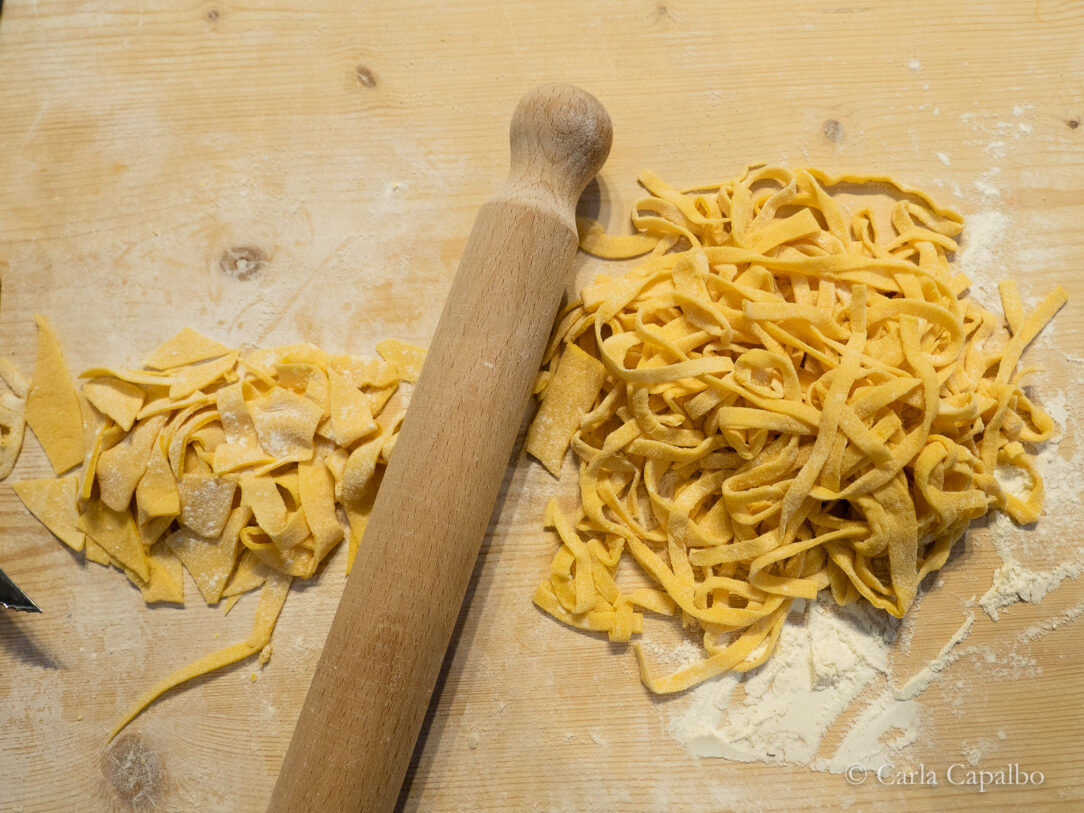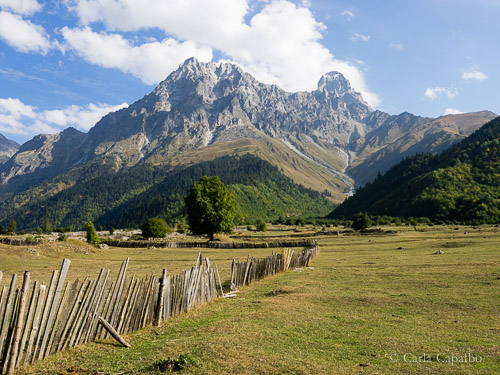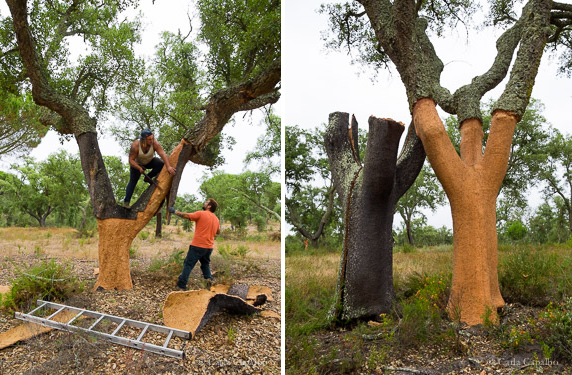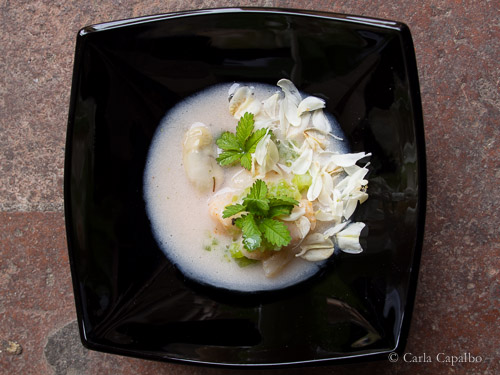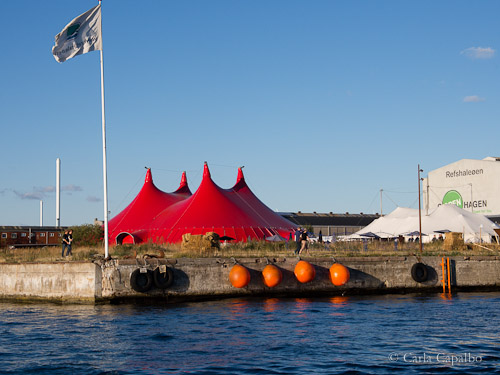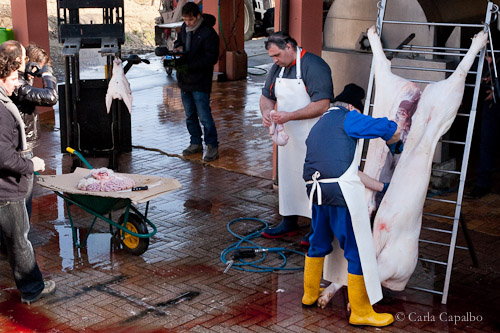My first meeting with producers from Almansa D.O. took place in the recently restored San Blas chapel, a deconsecrated 18th-century church in the heart of the town of Almansa. Like so much of Spain, the intricately decorated church had seen its share of strife and pain, even doubling as a hospital during the Spanish Civil War. Today it’s a peaceful place, with a courtyard and small garden to host visitors. It is also the headquarters of the wine appellation.
Cooking on memory lane: a class with Aldo Zilli
Well into her late nineties, my maternal grandmother, Marie, used to make noodles by hand for the two of us when I visited her in Connecticut. Originally from Piemonte, she left Italy before 1914, adopted her grandmother’s French surname and created a new persona for herself. (The French were considered classier than the Italians at that time.) Despite this, and the fact that we often spoke together in French, she never lost her passion for pasta.
TASTING GEORGIA: A food and wine journey in the Caucasus
Tasting Georgia is back! My book about food and wine in Georgia with 70 recipes – which Newsweek listed as one of the 6 Best Travel Books of the Last …
Cutting the cork
Last summer I visited the cork harvest in Portugal. To watch as teams of descortiçadores skilfully and quickly removed the cork from each tree was exciting. You can read more …
Cool to hot: from the Faroes to Antakya
In the past few weeks I’ve been able to spend time in places where the clock seems to have stood still, at least the Mid-Atlantic clock I’m used to. Up in the North Sea, on the magnificent Faroe Islands, people don’t lock their cars or houses. They don’t need to, there’s no crime. Instead, you feel the strong bonds of community. Walk over, knock and open their front door if you want to see someone.
Stop shaping us!
This morning, reading the Guardian online as I usually do first thing, I happened on an article by Hannah Ellis-Petersen about the sickening reviews that have recently been written about the young Irish opera singer, Tara Erraught – who is currently starring admirably in the trouser role in Strauss’ Der Rosenkavalier at Glyndebourne.
North-South divide
I’ve been spending a lot of time in Emilia Romagna in recent months, on the lookout for both food and wine. If the foods are some of Italy’s best known – from Parmigiano Reggiano cheese and Parma ham to aged balsamic vinegars sold in perfume-size bottles – the wines have revealed more surprises. Paltrinieri’s fizzy Lambruscos are scrumptious and anything but simple.
It’s a MAD world!
This week has been electrifying. Four days in Copenhagen, of which two at the amazing MAD Food Symposium, now in its third year. This year’s theme was guts, and it took a lot of them to put together the line-up of chefs, activists, foragers, farmers and other food-minded people who gathered in a circus tent pitched in an unkempt field on the outskirts of Copenhagen to attend.
California Dreaming
To emerge from under the wet, grey blanket that has hung over Europe recently into the Californian light was like switching from black and white to technicolor. Everything was saturated with colours and flavours that just can’t be found in northern European winters and springs. It had been years since my last trip there, and I was curious to check out the food scene.
This Little Piggy
It’s that time of year: as winter sets in and we huddle around our fireplaces (or hot radiators) I often think of pigs. In Italy and other countries where people still keep a pig for home use, killing time is nearing. Traditionally, in pre-refrigerator times, the pig was always slaughtered in early January or February, when the air was cold enough to stop the meat from spoiling.
- Page 1 of 2
- 1
- 2

